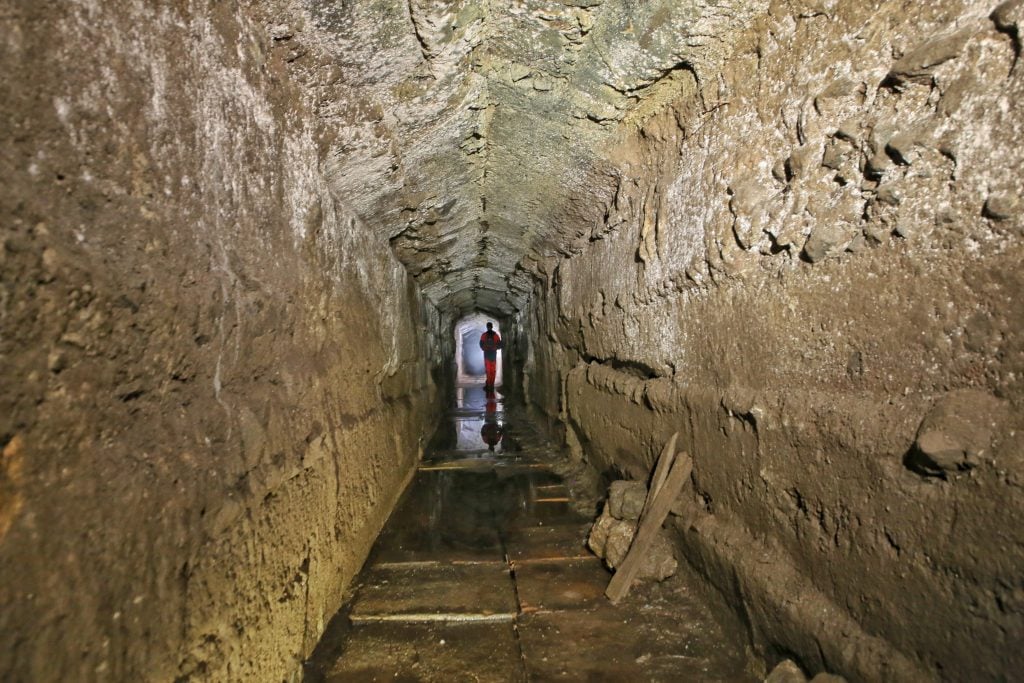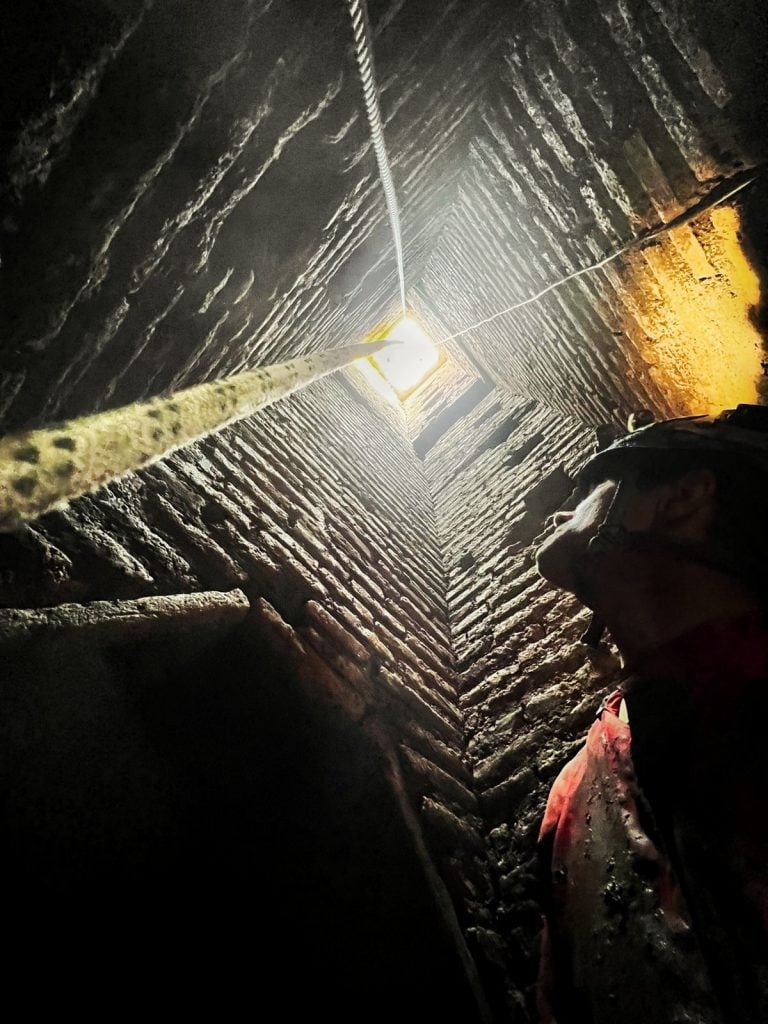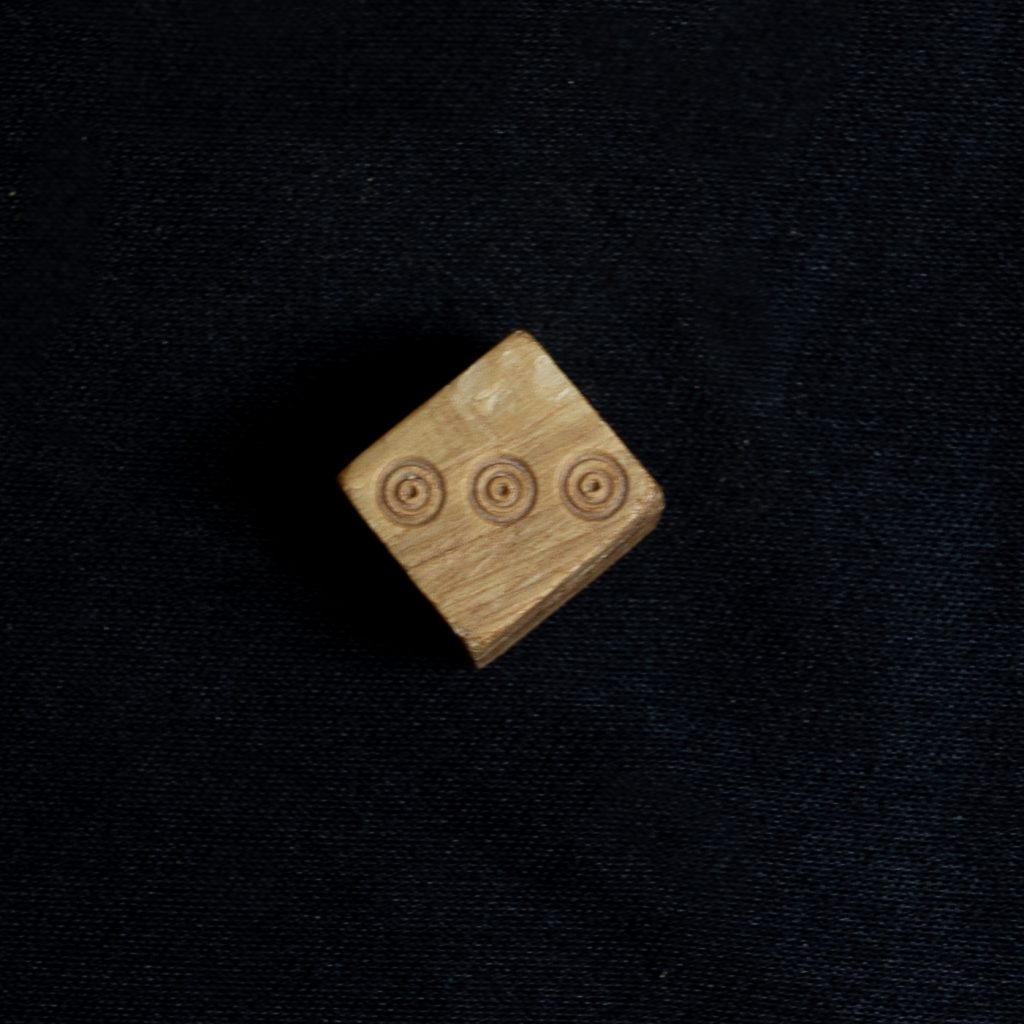Archaeology & History
Archaeologists Exploring the Sewers Beneath Rome’s Colosseum Have Turned Up Ancient Coins, Bones… and Snacks
The relics offer a view into the habits of spectators who attended the Roman amphitheater in its heyday.

The relics offer a view into the habits of spectators who attended the Roman amphitheater in its heyday.

Vittoria Benzine

Archaeologists exploring the complex drain system beneath the Colosseum in Rome have discovered ancient snack remnants, coins, and other relics that paint a human picture of what it was like to catch a matinee at the legendary arena.
Colosseum Archaeological Park Director Alfonsina Russo presented the cache at the Roman Forum’s Curia Julia senate house last Thursday, noting how it illustrates the “experience and habits of those who came to this place during the long days dedicated to the performances.” Federica Rinaldi, the Colosseum’s lead archaeologist, told Artnet News it plans to publish the findings in 2023.
A team of archaeologists collaborating with local nonprofit Roma Sotterranea (Underground Rome) began exploring about 230 feet of muddy drains and sewers beneath the Colosseum in January 2021. With necessary navigation from wire-guided robots, they intended to learn more about hydraulics systems that the Colosseum’s showrunners devised to flood its tunnels and produce water spectacles.
“In particular we wanted to excavate the southern sewer because it was full of earth and many archaeological remains,” said Rinaldi.

A well beneath the site.
Completed after a decade of construction around 80 C.E., the Flavian Amphitheater ranks amongst the world’s most popular tourist attractions. This year, accountants valued the property at a colossal $79 billion.
While scouring the Colosseum’s sewers, the researchers unearthed peach, fig, grape, blackberry, and cherry seeds—likely discarded beneath the grandstands as the venue’s average audience of 65,000 spectators snacked through shows.
Those guests also dropped bronze coins—53 of which were found during this latest exploration—dating back to Rome’s late Imperial period (250–450 C.E.). Archaeologists also discovered one rare orichalcum sestertius, a coin minted around 170–171 C.E. to honor the 10th anniversary of Marcus Aurelius’s rise to rule.

Bone dice uncovered during their digging.
Bones from bears and big cats discovered during the search likely hail from animals forced to fight while guests chomped on their concessions. “Smaller animal bones belonging to dogs were also found,” the BBC added. The team even turned up some bone game dice, a pin made of bone, and clothing bits like shoe nails, leather, and studs.
Historical surprises abounded, too. “We discovered that the southern collector drained water from the Colosseum outside to a very old sewer, dating back to the Republican period and later reused first by Emperor Nero and then by the Flavian emperors,” Rinaldi said. “This discovery is very important because it explains the efficiency of Roman engineering in being able to reuse already existing infrastructure.”
All in all, gladiators and bloodthirsty lions may dominate modern imaginations of the Colosseum’s heyday, but based on these findings, the lost and found was likely just as critical.
More Trending Stories:
The Class of 2022: Meet 6 Fast-Rising Artists Having Star Turns at This Year’s Art Basel Miami Beach